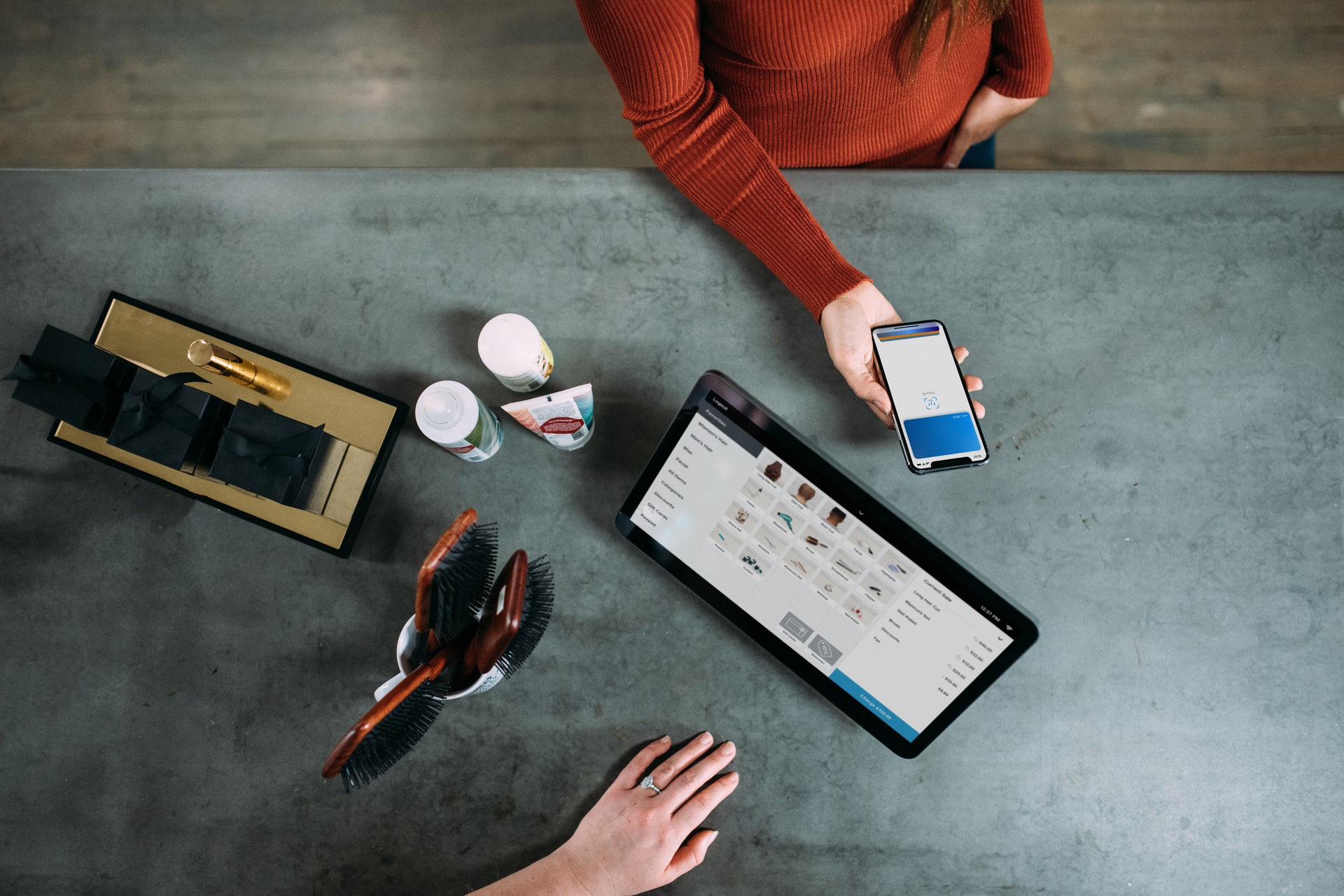
Malaysia is a beautiful country that’s seeing economic growth. However, the Ringgit being untradeable presents a unique challenge. It’s a bump in Malaysia’s potential for foreign investments and a more thriving tourism industry. Untradeable currency cannot be exchanged with foreign ones. The government does offer a unique solution to the problem, which makes Malaysia’s financial system ahead of its time.
Fortunately, the country offers numerous ways to facilitate payments so it’s easy for travelers to make purchases without the hassles of money exchange and for companies to do business. The next time work requires a trip to Thailand or an opportunity to expand there opens, you can be confident about your transactions by using online payment methods in Malaysia.
Has Malaysia Gone Cashless?
Cash still remains a common transaction method, especially for the millions of people in rural areas. However, the more developed locations are seeing a rise in the switch to digital. While innovation and the younger generations play a role, the biggest driver in the change comes from those who control the nation’s financial regulations.
The government has been promoting electronic payment systems, not just for more efficient trade to reduce paper, but also to hinder corruption, one of the major complaints about the previous administration. Government support has always been a huge determinant in the development of society, so to see the speed of adoption in Malaysia is no surprise.
E-payment comprised approximately 13% of transactions already in a 2013 study, a small portion but ahead of the rest of the world. Since then the Bank Negara of Malaysia (BNM), the Central Bank of the nation, has aimed to increase the use of these payment channels to 200 transactions per person by this year. In addition, they want to decrease the use of cheques from 207 million a year to 10 million.
With how technology is moving forward, it’s important for businesses to also ride these waves of innovations to adapt to their customers’ needs. These are how Malaysians are paying for their goods and services, digitally:
Available Online Payment Methods in Malaysia
Financial regulations in the nation are very tight. It can be a daunting challenge for any business that isn’t familiar with them and wants to cross borders. Now, there are easier ways than when using cash. Several digital payment services take care of processing one currency to another without requiring the customer or business to take additional steps during the transaction.
1. Online Banking
It was originally the most popular among payment solutions in Malaysia with more than half of the country’s internet transactions done through this method back in 2013. Signing up is easy as it’s simply online access to people’s own bank accounts. An online transaction with internet banking isn’t limited to just paying bills and settling loans but also tax, other purchases, and bank transfers. Best of all, there’s no transaction fee, making online banking convenient and practical. The creation of mobile apps has also increased security and ease of use.
2. Credit Cards
Compared to many other countries in Southeast Asia, people in Malaysia use credit cards a bit more often but with the push for e-wallets, that slowly changed over the years. In 2013, there were an estimated 5 million active users in the nation and 37.5% of all payments were made via credit cards. By 2018, credit cards were used for only 13.1% of transactions.
3. E-payment
Their use has come a long way since 2013. More citizens have embraced this new payment channel as well as reducing the use of others. Efforts seemed to be effective and well on the way of meeting their goals as e-payment was used 56.2% of the time by 2018. The handiness of mobile devices and better security, like fraud protection, compared to laptops and computers helped boost the use of online payments via e-wallet apps.
Despite its heavy use, it comprises only 0.23% of the total amount paid by consumers that same year, the lowest between all digital methods. Internet banking was still the preferred method for bigger amounts, facilitating 95% of the total value of purchases. The positive trend seen in e-payment was driven largely by promotions such as discounts and cashback, which is a possible factor for the low value of transactions.
Popular E-payment Options
There are already several online payment methods in Malaysia businesses and customers choose from. It may not be necessary to have all of these as they even accept payments from competing brands. Don’t simply compare monthly fees. Decide between efficiency, user-friendliness, and the different payment options they allow for a smooth checkout process.
E-wallets services often include the payment processing in their services but for specific currencies and methods. Get to know your customers to know what payment services they prefer to use. Investing in allowing customers to pay in many different ways would help reduce cart abandonment for online shops. Here are the most widely used e-wallet apps in the country:
-
IPay88
The hardware is small and compact while the software easy to use so even small vendors can use them for business. It allows you to accept e-payments including from competitors like WhatsApp, credit cards, online banking and ATM payments. It also processes different currencies so there’s no hassle for the business or the customer.
-
MolPay
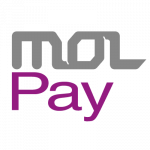
-
WeChat Pay
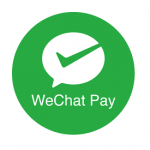
-
Alipay
The direct competitor of WeChat Pay, it shares similar features as well as the same conditions, like the required China bank account or work visa for transferring money into your app. However, they offer an international version for tourists that allows buyers to sync their Alipay with an international bank account for 90 days. It might feel a little invasive, though, because it requires a Passport number.
Is Cash Obsolete in Malaysia?
It most definitely isn’t. The amount of cash circulated proceeded to steadily increase between 2014 to 2018, despite the move to go cashless.
Other Forms of Payment
Malaysians also use debit cards, which are easier to apply for compared to credit cards, but the latter remains more commonly used between the two. Only 7.2% of payments were made via debit cards in 2018 and 0.76% of the total value.
The government encouraged sellers to employ card readers as part of the advocacy for a cashless society. Even small kiosks were urged to invest in them. The BNM clearly understands that when the buying experience is hassle-free, the customer would happily move from the shopping cart to check out.
Will BNM reach their goals this year and successfully be closer to a cashless society? Recent data shows that, while the use of digital payment channels has been more normalized, it’s still not there yet. The strong reliance on additional incentives for people to use e-payments make it unlikely to be a favored mode of transacting on its own at this time.
However, with increased frequency, innovations, and proper integration in rural areas, people will become more inclined to use it in the long run. Businesses would gain a strong advantage by including e-payments and other online payment methods in Malaysia now rather than waiting. It would not only give easier access to a burgeoning economy but also be ready for international competition.
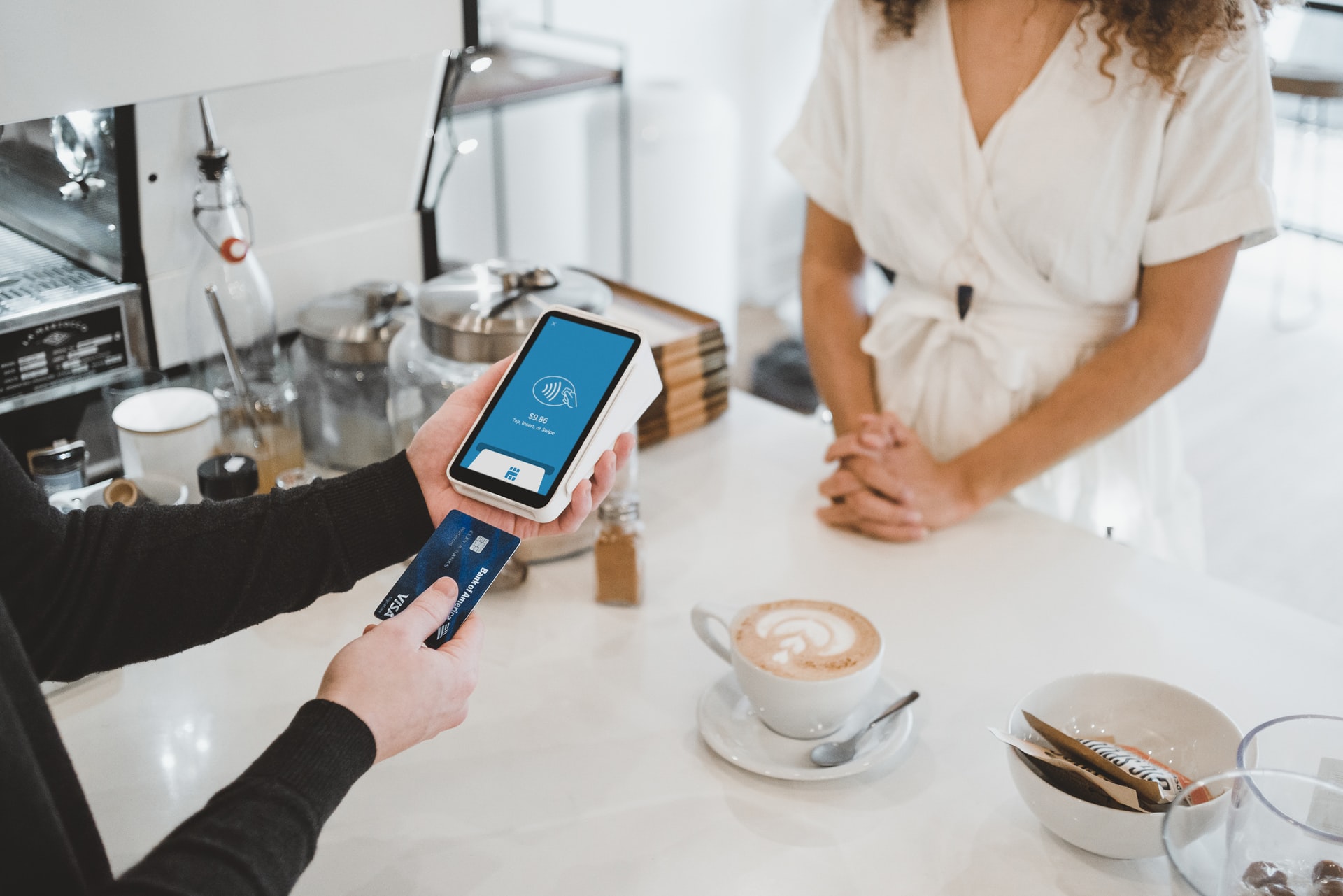
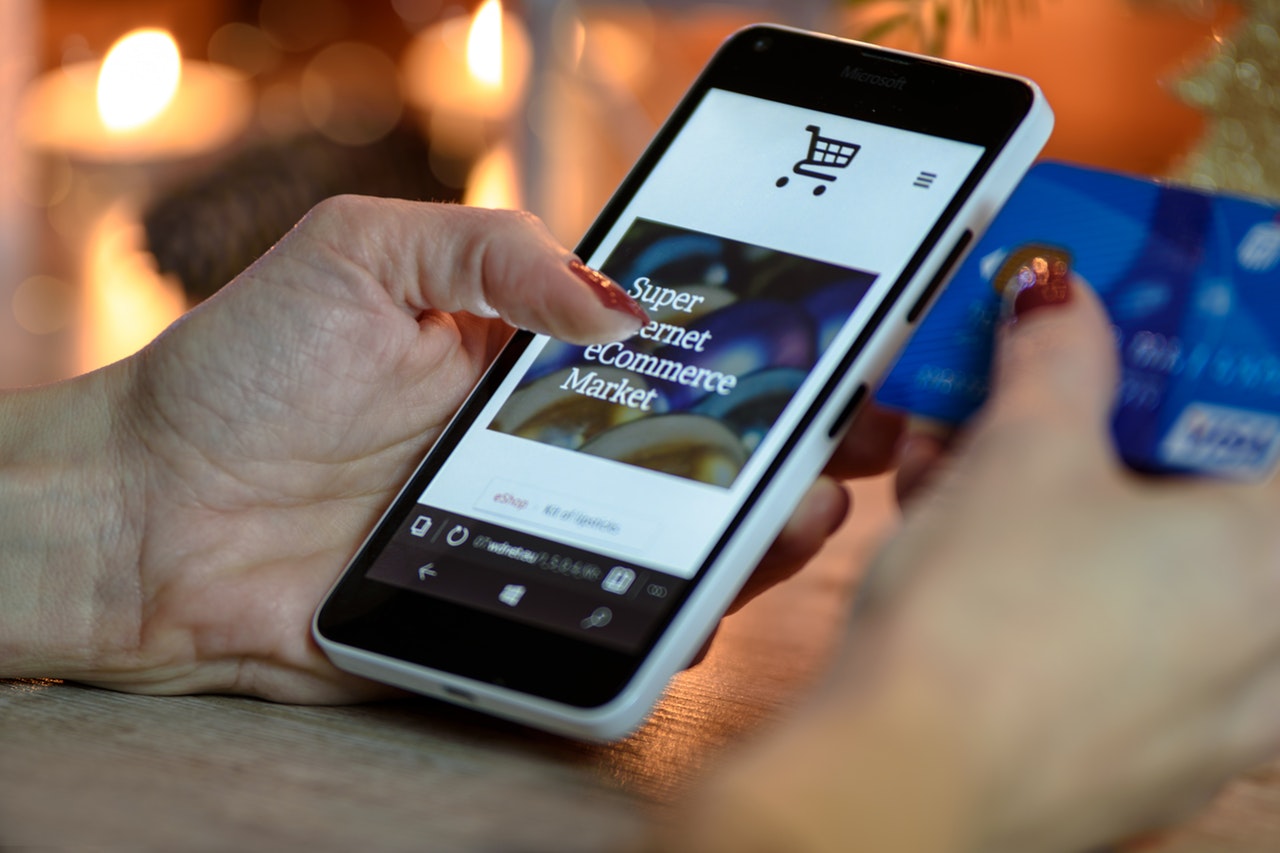
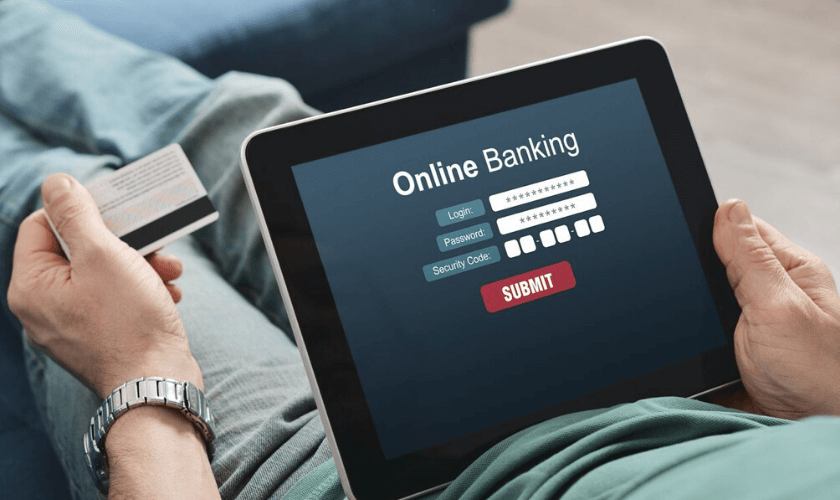

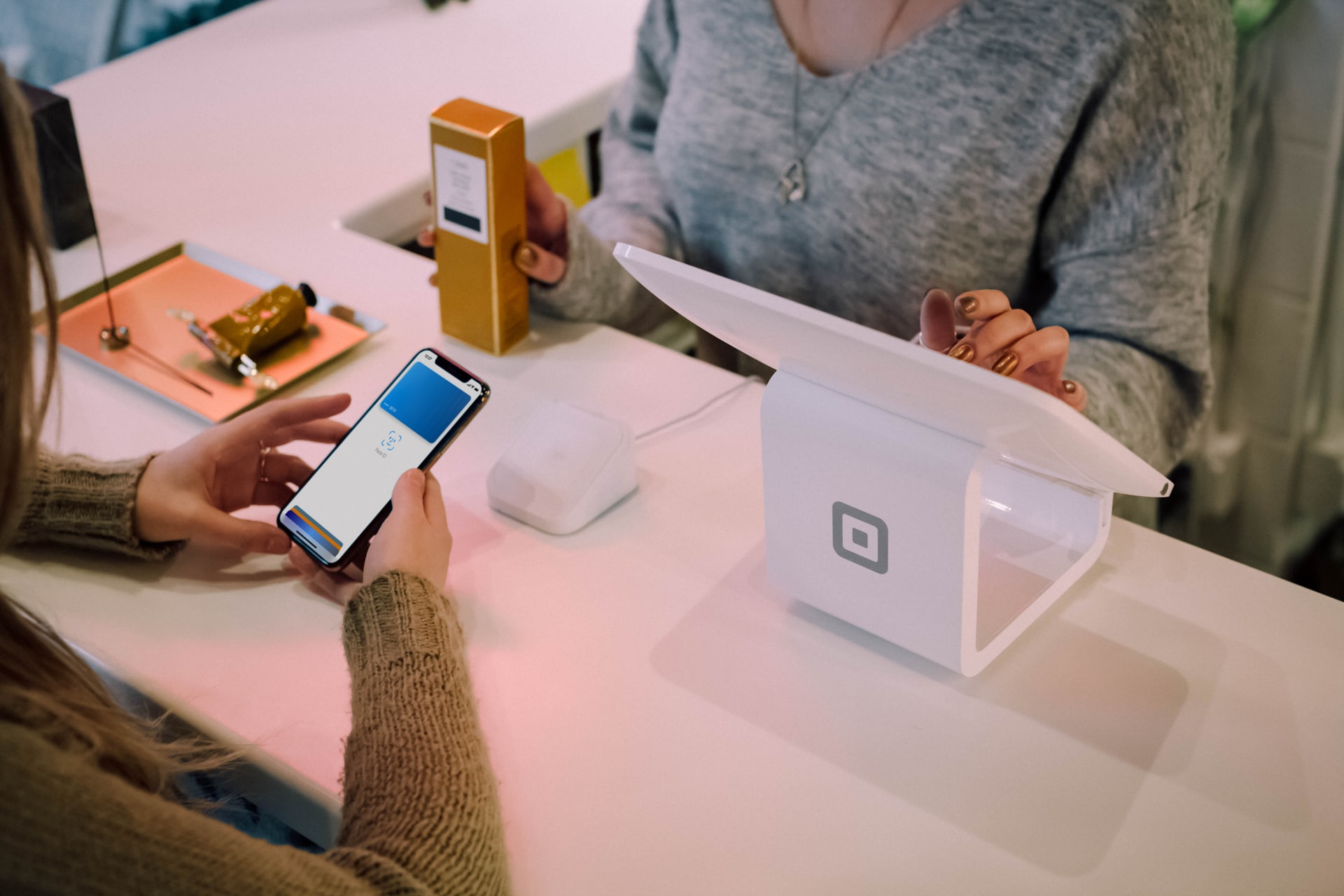
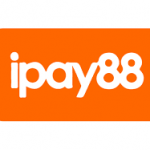
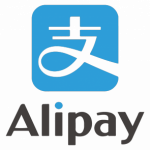
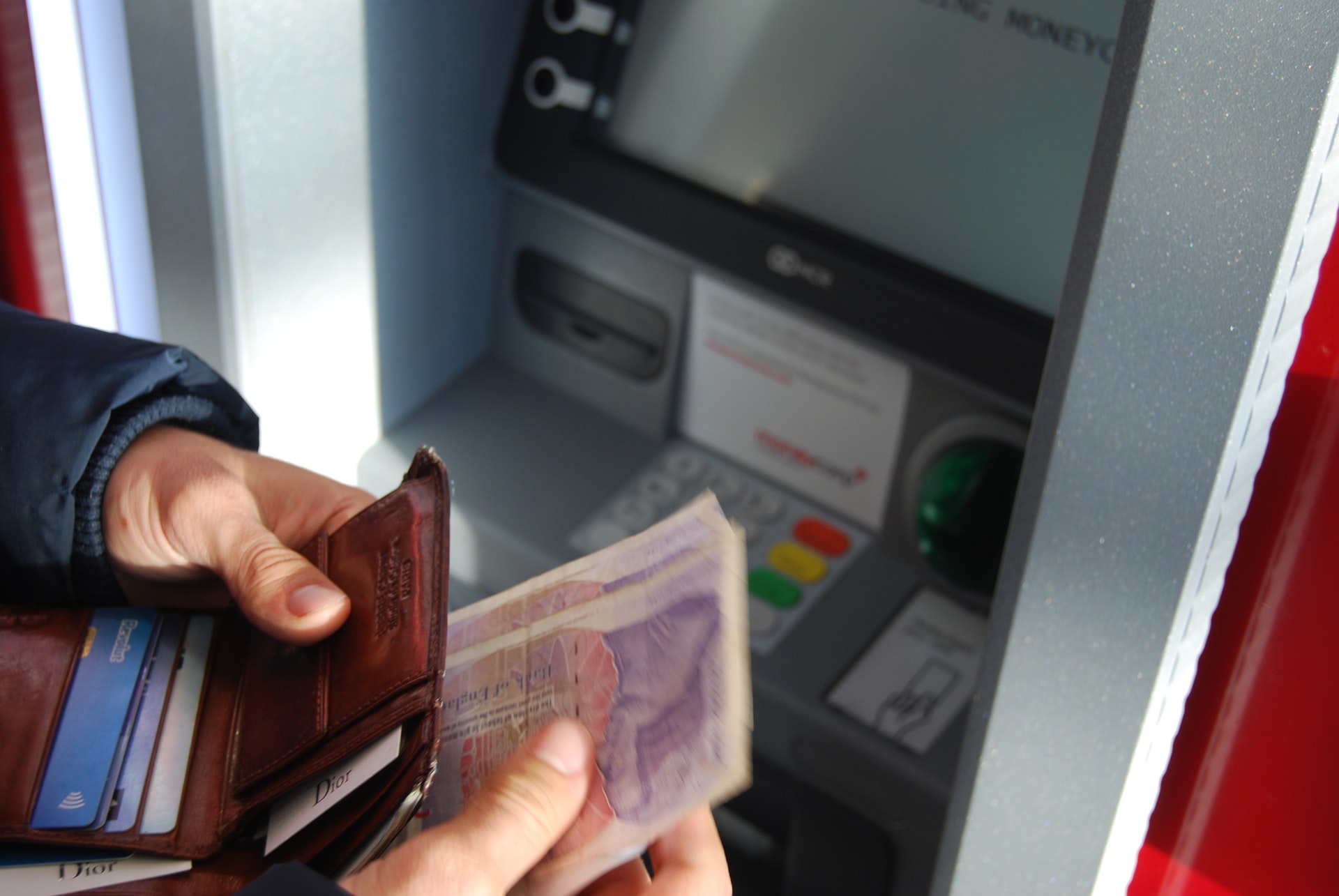
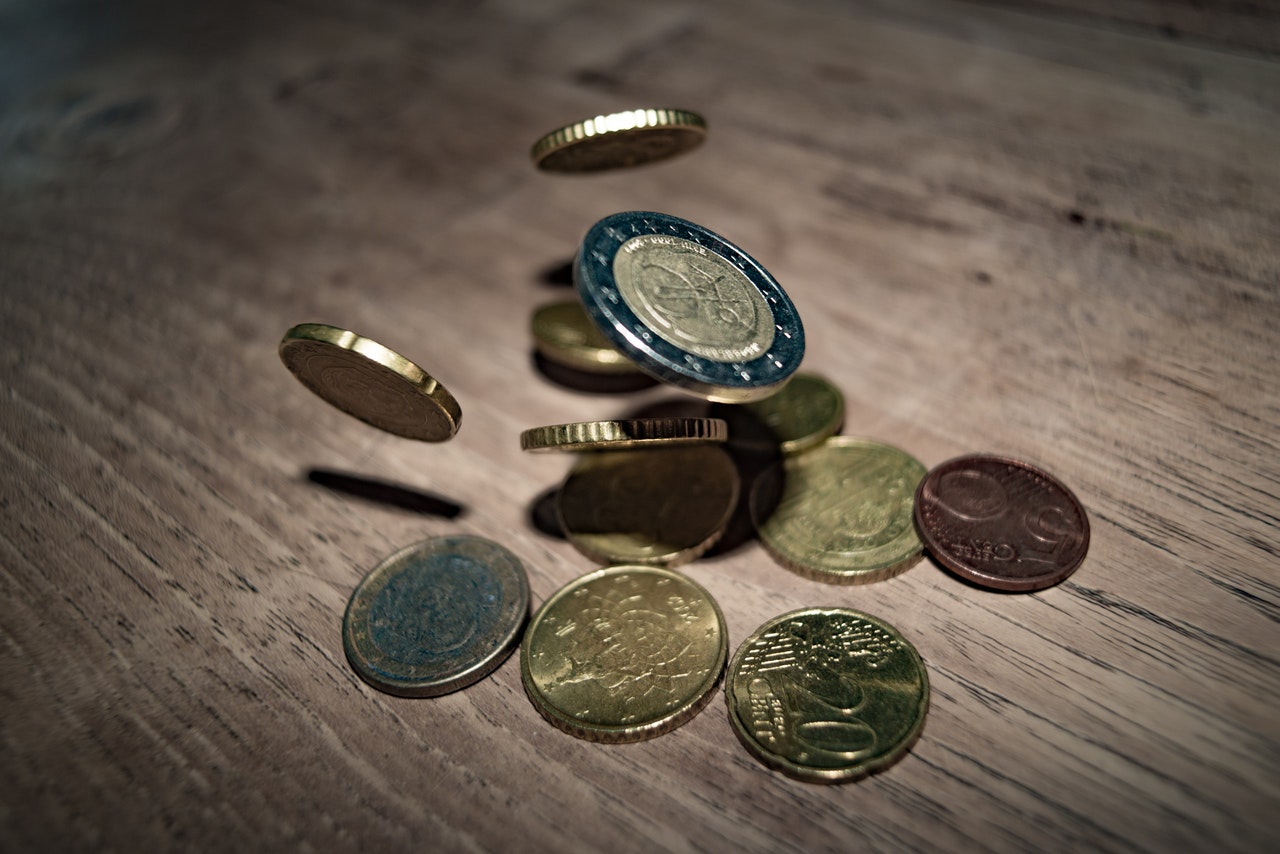
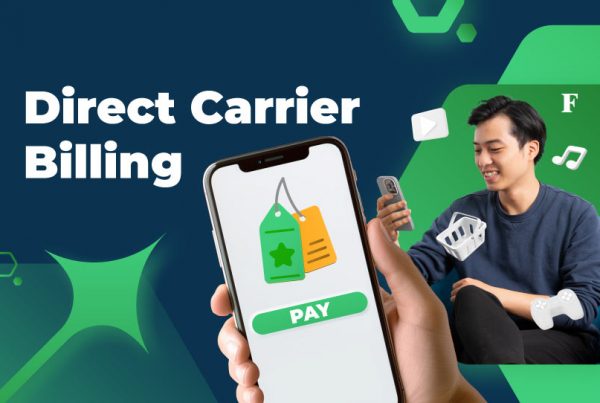



2 Comments